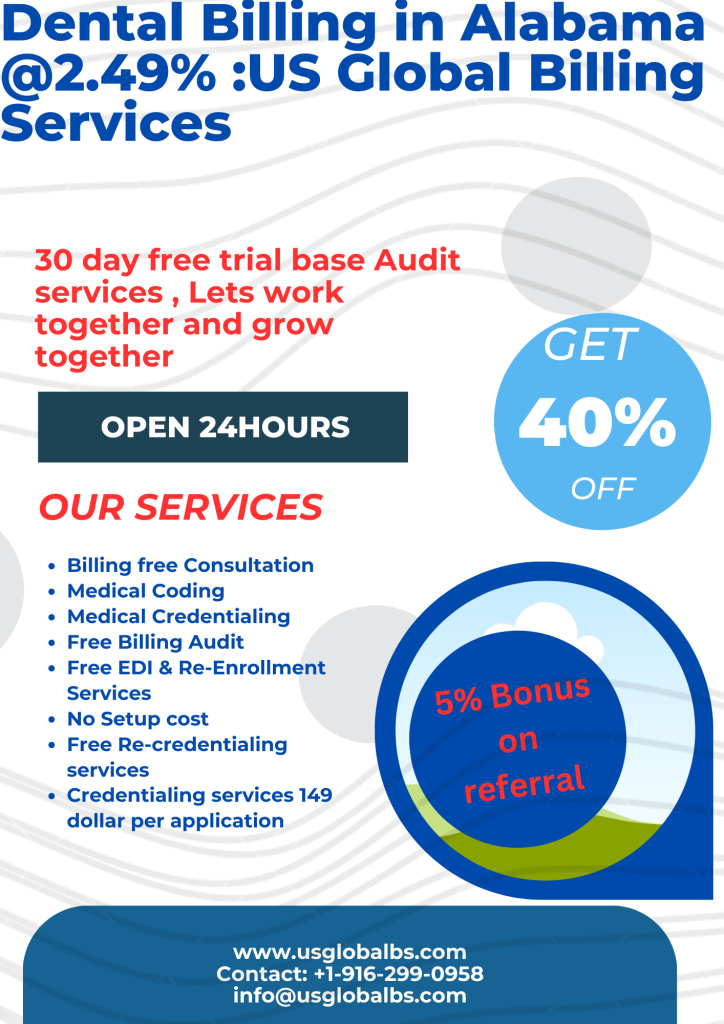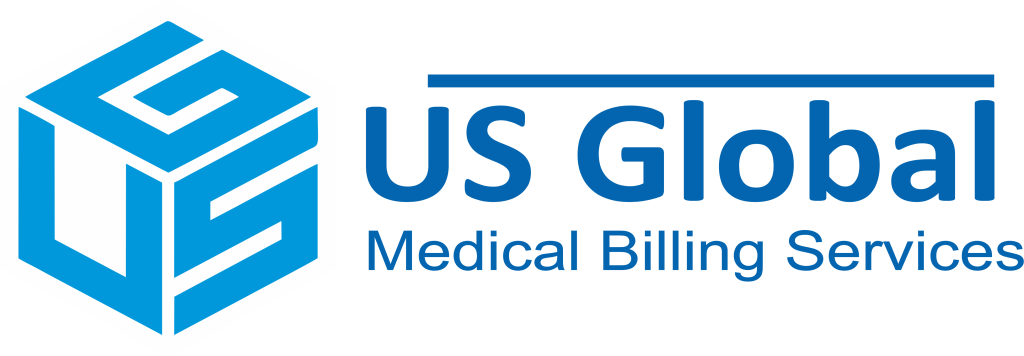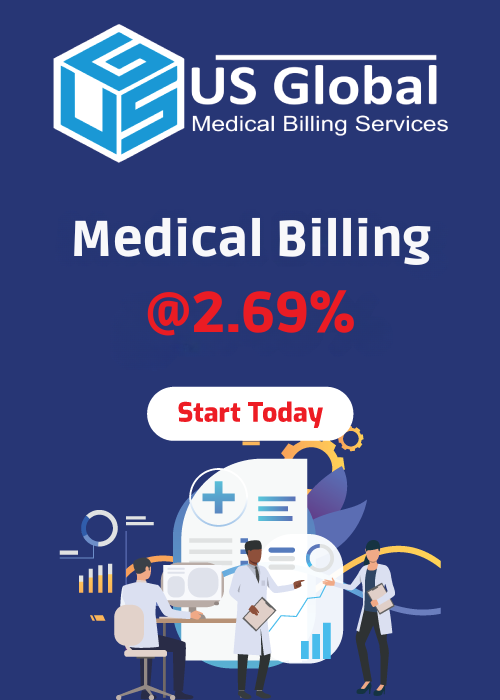
Dental billing is the process of generating medical claims to submit to insurance companies for reimbursement for oral health services. The dental biller monitors the claim to guarantee that their employer is compensated for their work on a patient.
Direct Billing. Direct Billing is an arrangement whereby guest charges are transferred to an Accounts Receivable account for payment. Typically, when a guest uses direct billing, an invoice is sent directly to the guest’s company or other sponsoring organization.
The dental invoice is a record of care and a formal request for payment. It should include descriptions of all services provided and their costs. In addition, the invoice should include:
1.A date of issue.
2. Complete contact information for the patient.
Top 8 Steps of Dental Billing : Top Dental Billing company for Practice Owner/Solo Providers
The dental billing process refers to all the steps involved to receive payment from insurance companies and patients for services your practice provides. The dental billing process may be broken down into patient billing and insurance claims processing – the two main revenue streams for practice.
Like any process, there are clear steps can be followed to move through the dental billing process with ease.
Here is a brief Dental checklist of steps in the dental billing process:
1. Collecting patient information – This is done during the initial phone call with the patient when they call to schedule their dental appointment. This information will include their name, phone number, address, email address, contract preferences, date of birth, name of the subscriber’s employer or insurance plan, insurance carrier, carrier’s provider phone number, insurance ID number.
2. Verifying patient insurance coverage
Once patient’s personal insurance information collected it can easily verified y by either calling the insurance company or logging into company’s insurance portal. This will give a full breakdown of their benefits that will let us know the state of their coverage.
3. Recording dental treatment and code data
As the patient receives treatment the day of their appointment, someone on the care team records the necessary details on clinical notes and codes the procedures performed. Usually, an admin team member ensures this is documented, reviewed, and electronically signed by the provider in dental software. A daily sign-off on the day sheet is a best practice to always verify that what happened in the dental chair is what is recorded into company’s software and on patient’s ledger to be billed.
4. Submitting and tracking claims and any attachments
With the recorded information in software, it is easy to create, batch, and submit insurance claims. The claim will include the code or codes of the procedure performed, all of the patient’s personal and insurance information, and any attachments needed. Attachment notes are as following:
- clinical notes
- x-rays
- periodontal charts
- narratives
- primary EOB
- Intraoral photos, etc.
5. Resolving problems on outstanding claims
If a claim has been denied, or 30 days have passed and the claim has not been reimbursed, you will need to follow up on it. This is called working the insurance aging report. Your biller gets a list of outstanding claims, contacts the insurance company and figures out where the claim went wrong, and then works to appeal it for reimbursement. This is a crucial stage where the biller’s expertise and efficiency determine whether you see a high collection rate or a low rate and high overhead.
6. Billing patients – Depending on the revenue model you’ve chosen, you either bill the patient for the entire amount of the procedure up-front (fee for service) or you bill patients the balance after subtracting what their insurance benefits should cover (reimbursement model). Patient billing allows you to collect the patient’s portion before they leave the dental office, or request payment later by mail or email. You then file the claim to be reimbursed by their insurance. Either way, fully collecting on patient accounts receivable is crucial because it can bring in about half your revenue.
7. Posting payments – Once your insurance claim has been paid and deposited into your bank account, you’ll need to post the payment to your practice management software. Doing so keeps all of your information properly documented and reported. It also completes the life-cycle of a claim and you will be able to close it out. Patient payments also need to be posted promptly so that your patient bills and cash flow numbers are accurate.
8. Running key reports such as collections and account aging reports – Once the payments are posted and the claim is closed out, you’re able to really take a look at how your billing activities are performing to gauge how well they are collecting payment for what your practice produces. Through your dental software you are able to run both net production and net collection reports as well as outstanding account and insurance aging reports will show you a list of outstanding claims and patient balances that need attention.
Now you have an overview that gives you an idea of what the dental billing process looks like. You can see the lifecycle of a claim from start to finish. Understanding this can help you stay on track with how you collect your patient and insurance information, and how you work to get your practice paid via insurance claims and patient payments.
Medical billing refers to the process of billing medical insurance for care provided in your dental practice.
Sometimes the dentist performs treatments that fall under the category of medical care. For example, a dentist may treat damaged teeth, gums, and jaw due to accidents or trauma, which is considered medical care. A biopsy is another common medical treatment dentists can perform.
Insurance claims should go to the medical insurance carrier as primary instead of dental insurance, and that’s something dental billers need to know.
What is illegal dental billing?
According to American Dental Association Dental insurance fraud is “any crime where an individual receives insurance money for filing a false claim, inflating a claim or billing for service not rendered”
Common fraudulent practices:
There are various billing claims habits that are fraudulent. The most common types of billing fraud are as following:
- Billing for incomplete and unperformed services
- Altering date of service
- Waiving deductibles
- Submitting a claim for treatment using a different member’s information
- Inappropriate usage of additional codes
Fraud harms everyone in the dental industry. It not only drives up the cost of coverage for patients and employers, but it can also directly affect your practice. Being found guilty of perpetrating fraud can result in fines, loss of network participation and professional licenses and even jail time.
Out Source Your Dental Billing |US Global Medical Billing Services @ 2.69%
Out Source your Albama dental Billing Services to US Global at the lowest rate @2.69% to remove your headache. Our main moto is you take care of your patients and we take care of your billing.
If you’re a growing dental practice that is frustrated with being at the mercy of the insurance companies and spending precious hours trying to configure proper and accurate dental codes to prevent claim denials, halt the rat race in its tracks!
we provider following services:
1. Dental Billing
2. Dental Coding
3.Dental Credentialing
4. Dental Practice Audit
5. Free Dental EDI & Re-Credentialing Services.
Why Dental Provider Choose US Global.
Dental Provider choose US Global Medical Billing Services due to following reasons.
1. Albama Dental Billing Services @ 2.69%
2. ALbama Dental Credentialing Services @ 150 Dollar each payer
3. Free Dental Credentialing Services, if provider have more than 10 payers for above 10 payers credentialing is free.
4. Free re-credentialing services.
5. Free dental EHR. Services.
6. ALBAMA Free Dental Coding services.
7. Albama Free Dental Practice Audit services.
Get paid faster, enhance patient experience, and improve your dental practice profitability through dental billing outsourcing! Get free Audit service of your practice if you like our services then :
join US: info@usglobalbs.com

